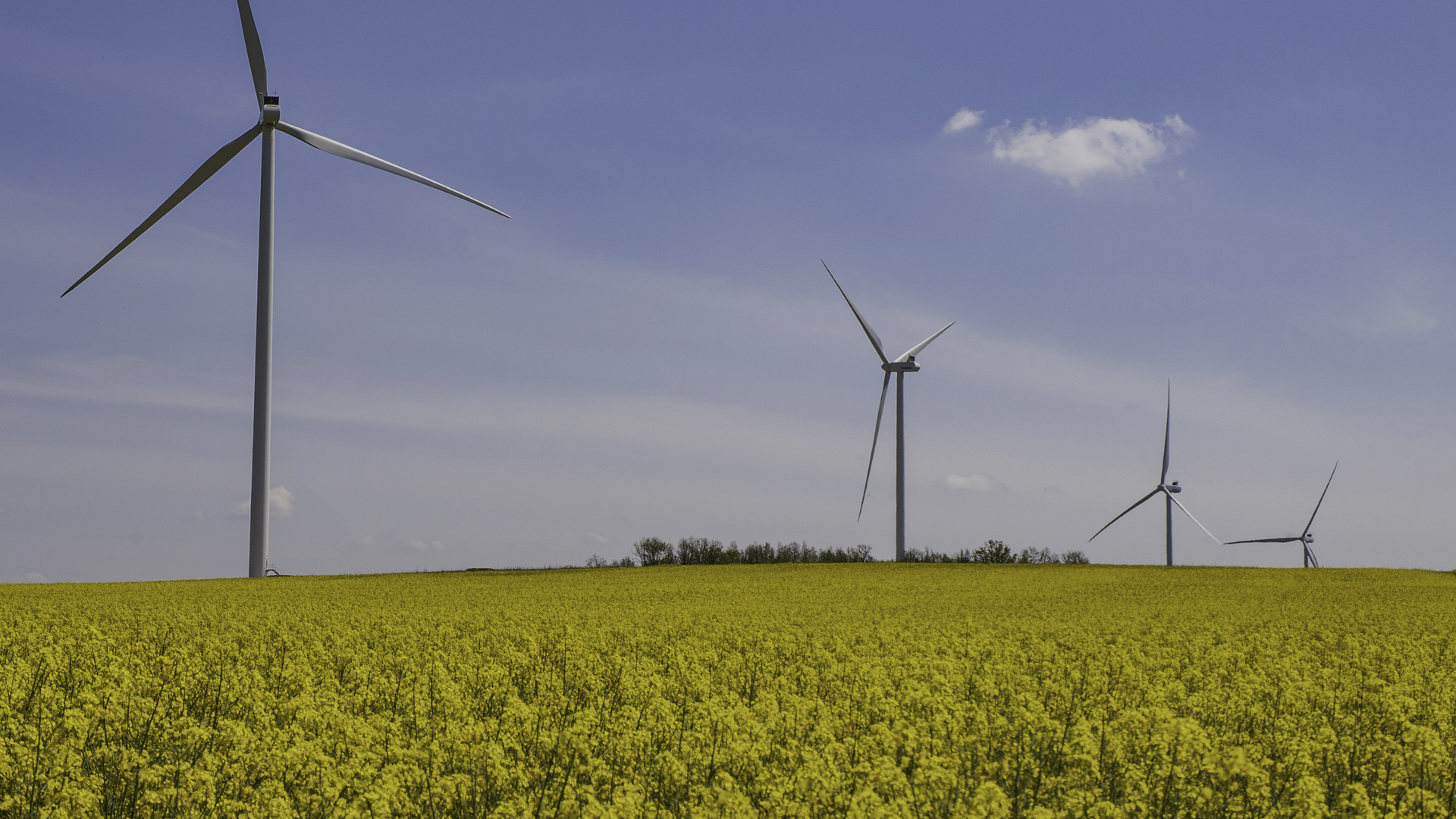17.05.2023 | Renewables like PV and wind are booming – but we need even more growth
Renewables on the rise throughout the world
The energy statistics couldn’t be clearer: renewable energies are on a steep growth trajectory worldwide. But it’s also clear that there is still a long way to go in terms of achieving the most climate-neutral energy supply possible.
Ambitious goals, enormous dimensions – the North Sea will one day host the largest power plant in the world. The countries surrounding the sea are planning to expand wind power capacities to 300 GW by 2050. That’s about as much power as you’d get from 300 nuclear power plants – enough to supply some 300 million households with electricity.
This is a clear example of the advance of renewable energies throughout the world. As the International Energy Agency (IEA) says in its Energy Technology Review 2023:‘The energy world is in the early phase of a new industrial age – the age of clean energy technology manufacturing.’ Industries that were still in their infancy in the early 2000s have now become powerful economic factors. The IEA is in no doubt that this growth will continue (see graphic). Global electricity production will increase from 28,777 TWh (2022) to 31,294 TWh by 2025. Almost 99 per cent of this growth – 2,475 TWh – will come from renewable energies.
Wind and PV: new record
In the Global Electricity Review 2023 issued by the think tank EMBER, these growth figures are broken down by individual countries. From a global perspective, PV and wind have achieved a new record in the past year, reaching a share of 12 per cent of electricity production. And the growth indicators are all pointing upwards. Here is it is not just the growth itself that is impressive, but also the proportion of the overall electricity production mix that these sources already represent (see table, diagram). The front-runners by region are:
|
|
|
Region |
Country |
Share of electricity production from PV and wind in 2022 |
Europe |
Portugal |
35% |
The Americas |
Uruguay |
36% |
Asia/Oceania |
Australia |
25% |
Africa |
Kenya |
16% |
Middle East |
Jordan |
23% |
|
|
|
The goal remains distant
But what the Global Electricity Review 2023 also shows is that reaching the ambitious net zero target by 2050 will take even greater expansion of all carbon-free sources of electricity. The price advantage per MWh of electricity makes large-scale PV plants and wind farms the priority here. But to reach the International Energy Agency’s net zero target we will also need to see growth in hydropower, nuclear energy, biomass, hydrogen and geothermal sources, as well as fossil fuels with CO2 capture. There is much to be done.
And in Switzerland?
Compared to the rest of Europe, Switzerland is lagging behind in the expansion of renewable energies. While almost 23 per cent of the EU’s electricity was produced from PV and wind in the last year – a new record – Switzerland only managed 6.3 per cent. This shortfall is primarily explained by two factors: the current regulatory framework does little to encourage investment in renewables, and objections can block new projects for decades. But recent political initiatives offer cause for hope. In the field of solar, parliament has taken a step in the right direction with a funding instrument known as the ‘Solar Express’.
This is a welcome initiative from the perspective of security of supply, with PV playing a crucial role in the federal Energy Strategy 2050+. The aim is for PV to cover 20 per cent of electricity demand by 2050. Axpo has increased its solar ambitions in Switzerland sixfold – by 2030 it aims to add more than 1.2 gigawatts of power. That’s enough to cover the annual requirement for over 300,000 Swiss households. In spring 2023, Axpo launched another large-scale Alpine solar plant, ‘Ovra Solara Magriel’. Axpo is also investing in wind energy, which offers greater potential in our country than previously thought. Through its subsidiary CKW it is planning to erect 20 wind turbines in Switzerland.
All this shows that renewable energies are playing an increasing role in energy supply, in Switzerland and throughout the world. The Axpo PowerSwitcher shows what the energy mix of the future could look like in Switzerland. This interactive tool lets users try out various scenarios and configure their own energy supply. And even without the gusty North Sea on its doorstep, Switzerland still needs a rapid, enormous increase in renewable energies.

